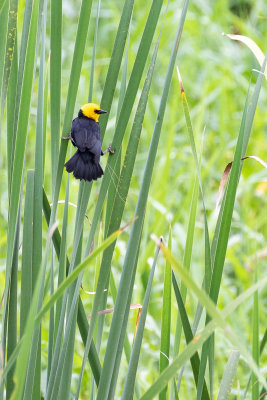
Yellow-hooded Blackbird (Chrysomus icterocephalus) |
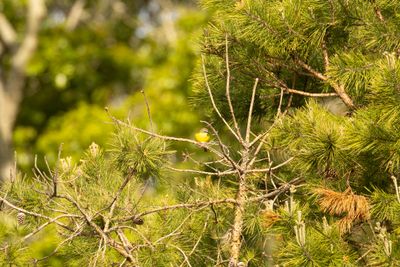
Yellow-breasted Chat (Icteria virens) |
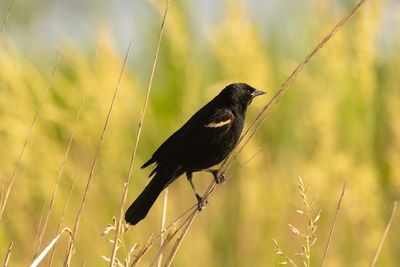
blavk bird23 (1 av 1).jpg |
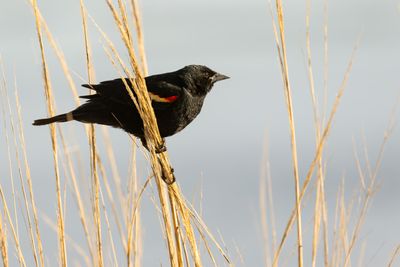
Red-winged Blackbird (Agelaius phoeniceus) |
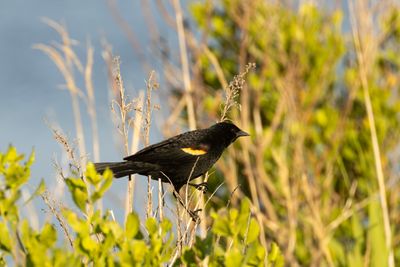
Red-winged Blackbird (Agelaius phoeniceus) |
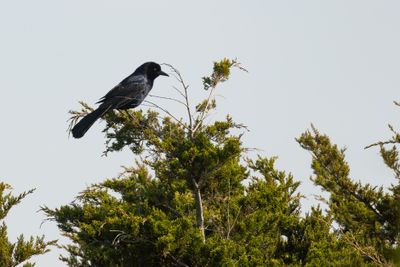
Common Grackle (Quiscalus quiscula) |
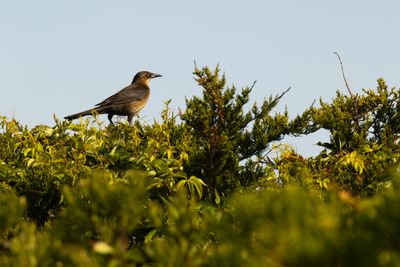
Common Grackle (Quiscalus quiscula) |
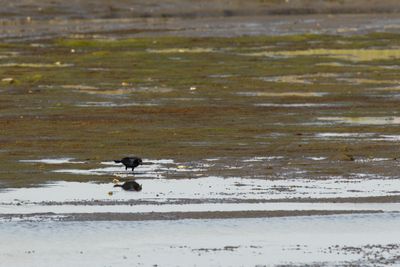
Boat-tailed Grackle (Quiscalus major) |
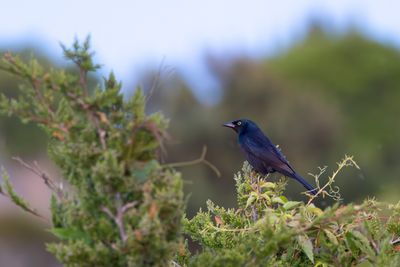
Common Grackle (Quiscalus quiscula) |
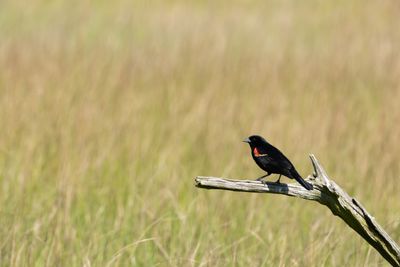
Red-winged Blackbird (Agelaius phoeniceus) |

Baltimore Oriole (Icterus galbula) |
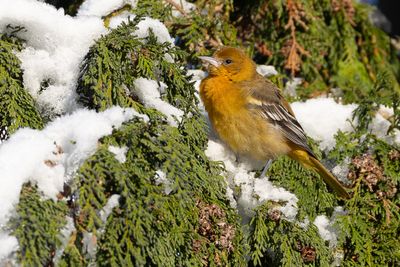
Baltimore Oriole (Icterus galbula) |
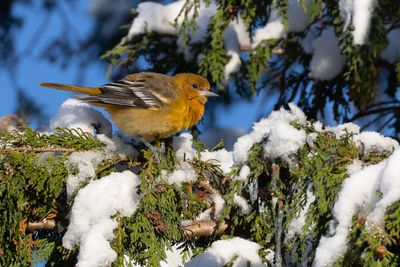
Baltimore Oriole (Icterus galbula) |

Baltimore Oriole (Icterus galbula) |

Red-breasted Meadowlark (Leistes militaris) |
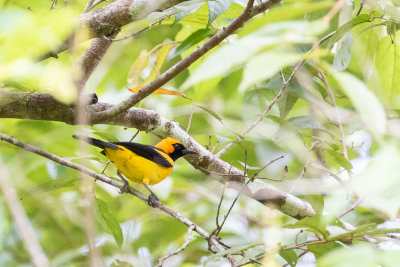
Orange-crowned Oriole (Icterus auricapillus) |
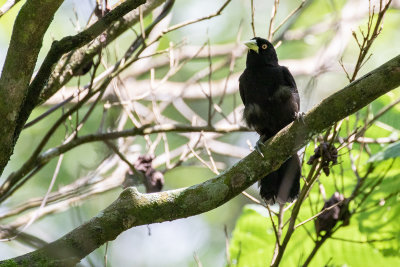
Yellow-billed Cacique (Amblycercus holosericeus) |
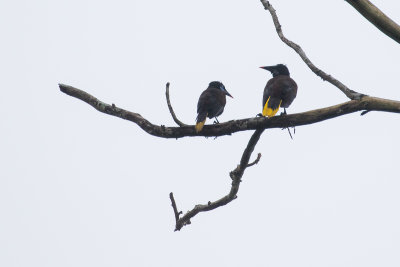
Black Oropendola (Psarocolius guatimozinus) |
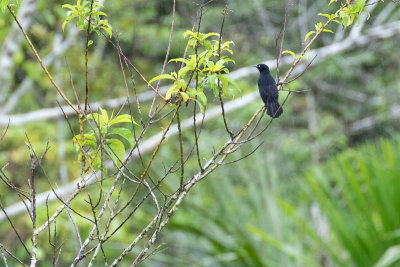
Pale-eyed Blackbird (Agelasticus xanthophthalmus) |

Yellow-rumped Cacique (Cacicus cela cela) |

Oriole Blackbird (Gymnomystax mexicanus) |
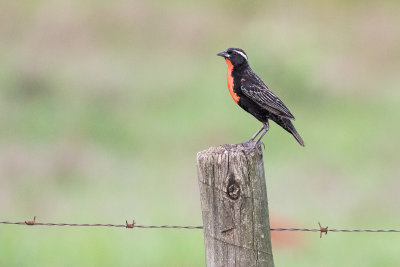
White-browed Meadowlark (Leistes superciliaris) |
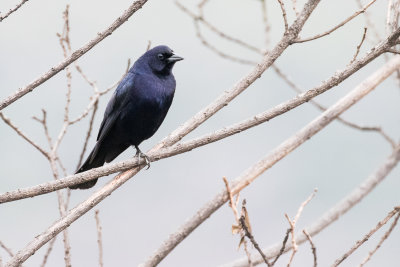
Shiny Cowbird (Molothrus bonariensis) |
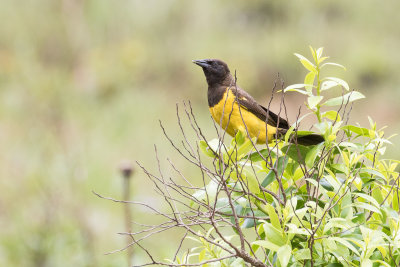
Yellow-rumped Marshbird (Pseudoleistes guirahuro) |
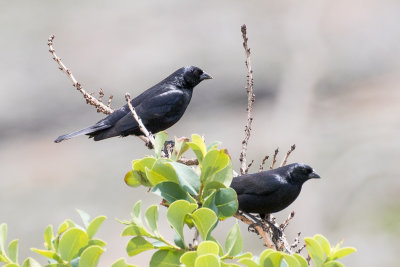
Screaming Cowbird (Molothrus rufoaxillaris) |
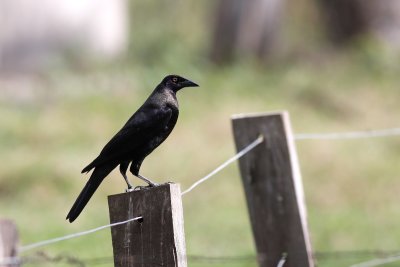
Giant Cowbird (Molothrus oryzivorus) |
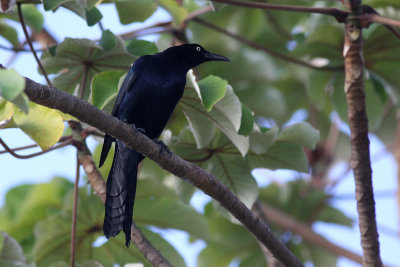
Great-tailed Grackle (Quiscalus mexicanus peruvianus) |
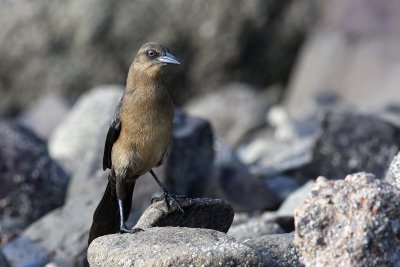
Great-tailed Grackle (Quiscalus mexicanus peruvianus) |

Red-bellied Grackle (Hypopyrrhus pyrohypogaster) |

Scarlet-headed Blackbird (Amblyramphus holosericeus) |
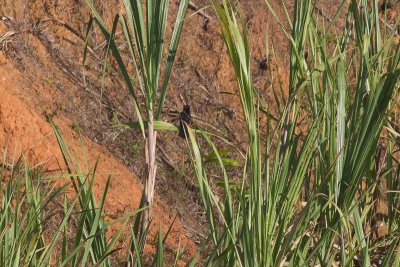
Forbes's Blackbird (Anumara forbesi) |
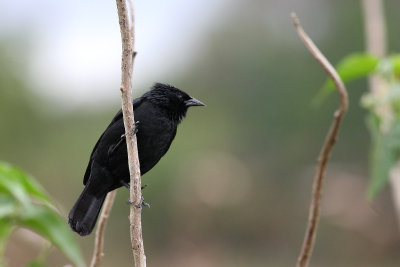
Chopí Blackbird (Gnorimopsar chopi) |
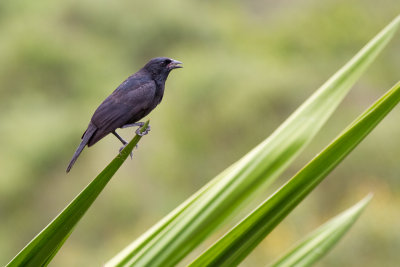
Chopí Blackbird (Gnorimopsar chopi) |
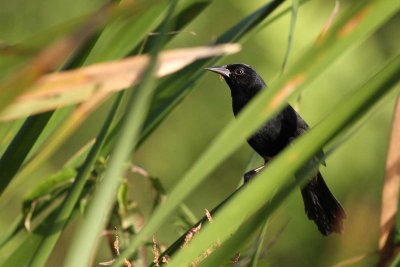
Unicolored Blackbird (Agelasticus cyanopus) |
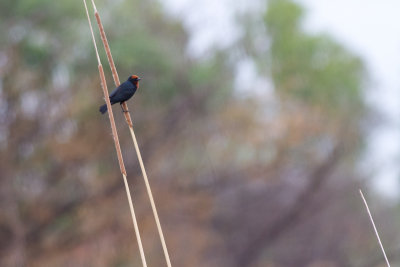
Chestnut-capped Blackbird (Chrysomus ruficapillus) |
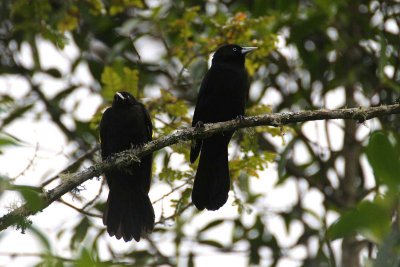
Northern Mountain Cacique (Cacicus leucoramphus) |

Red-rumped Cacique (Cacicus haemorrhous) |
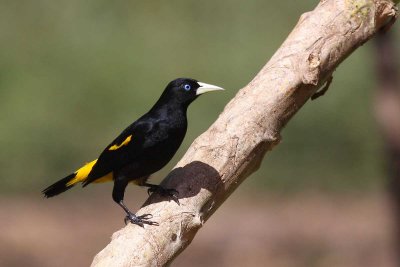
Yellow-rumped Cacique (Cacicus cela) |
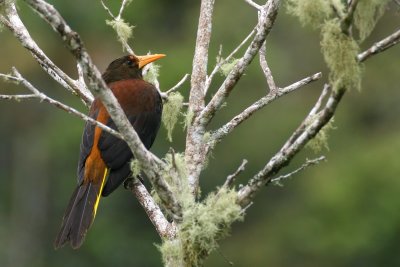
Russet-backed Oropendola (Psarocolius angustifrons) |
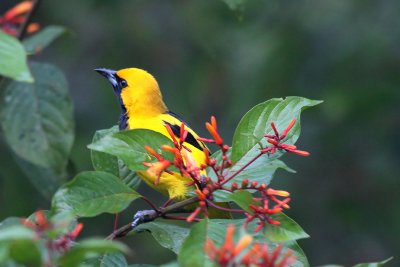
Yellow-tailed Oriole (Icterus mesomelas) |
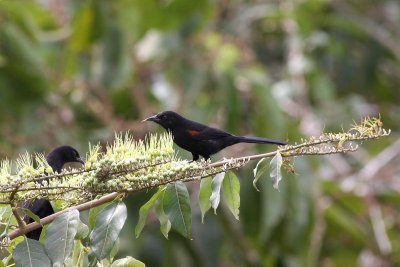
Variable Oriole (Icterus pyrrhopterus) |
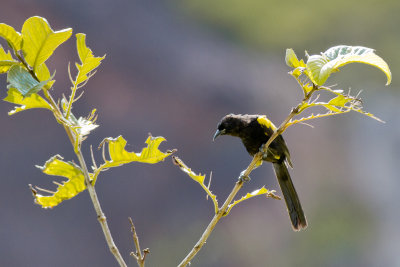
Variable Oriole (Icterus pyrrhopterus) |











